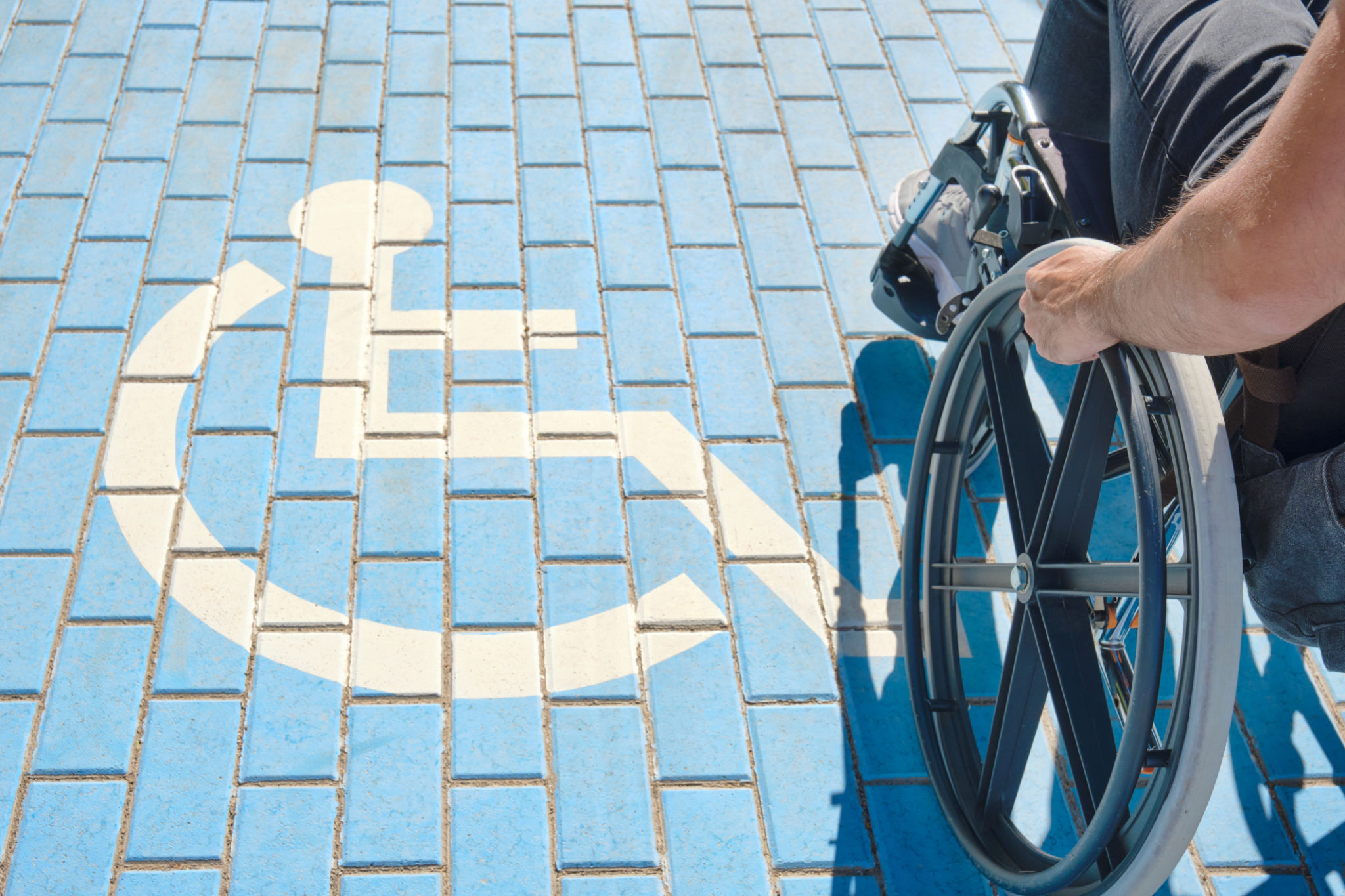Top Trends in Premier Disability Services: What to Expect
AH
Advancements in Assistive Technology
The landscape of disability services is ever-evolving, with new technologies continually enhancing the quality of life for individuals with disabilities. One of the top trends is the advancement in assistive technology. These innovations are designed to provide greater independence and accessibility, ranging from sophisticated wheelchairs to smart home devices tailored for ease of use.
Assistive technology has expanded significantly with the integration of AI and machine learning. Devices such as voice-activated assistants can now perform a wide array of tasks, from controlling home environments to providing real-time translation services. This technological progress is opening up new avenues for personal autonomy.

Person-Centered Care Models
Another significant trend in premier disability services is the shift towards person-centered care models. This approach focuses on tailoring services to the unique needs and preferences of each individual. Rather than a one-size-fits-all approach, service providers are now emphasizing personalized care plans that consider the person's goals, strengths, and preferences.
Person-centered models promote active participation from individuals, empowering them to make decisions about their care. This shift is leading to higher satisfaction rates and better outcomes, as services are aligned more closely with the individual's life aspirations.

Enhanced Accessibility in Public Spaces
Improving accessibility in public spaces is a growing trend that is gaining momentum. More cities and organizations are adopting universal design principles to ensure that public areas are accessible to everyone, regardless of their physical abilities. This includes modifications such as ramps, tactile paving, and audible traffic signals.
These initiatives are vital in fostering a more inclusive society where individuals with disabilities can participate fully. As awareness and advocacy continue to rise, we can expect even more comprehensive changes in public infrastructure to support accessibility.

Telehealth and Remote Support
The COVID-19 pandemic has accelerated the adoption of telehealth services, which has proven to be a significant boon for disability services. Through telehealth, individuals can access medical consultations, therapy sessions, and support services from the comfort of their homes. This trend not only enhances convenience but also reduces barriers to accessing essential healthcare services.
The flexibility of remote support services enables more consistent care and monitoring of health conditions, which is particularly beneficial for those with mobility challenges or residing in remote areas. The continuation of this trend is expected to further integrate technology into everyday healthcare practices.
Focus on Mental Health and Wellbeing
There is an increasing recognition of the importance of mental health and wellbeing within disability services. Providers are expanding their offerings to include comprehensive mental health support as part of their core services. This includes counseling, therapy, and peer support groups tailored specifically to individuals with disabilities.
The focus on mental health acknowledges the interconnectedness of physical and emotional well-being. By offering holistic care, service providers are better equipped to address the full spectrum of needs faced by individuals with disabilities.

